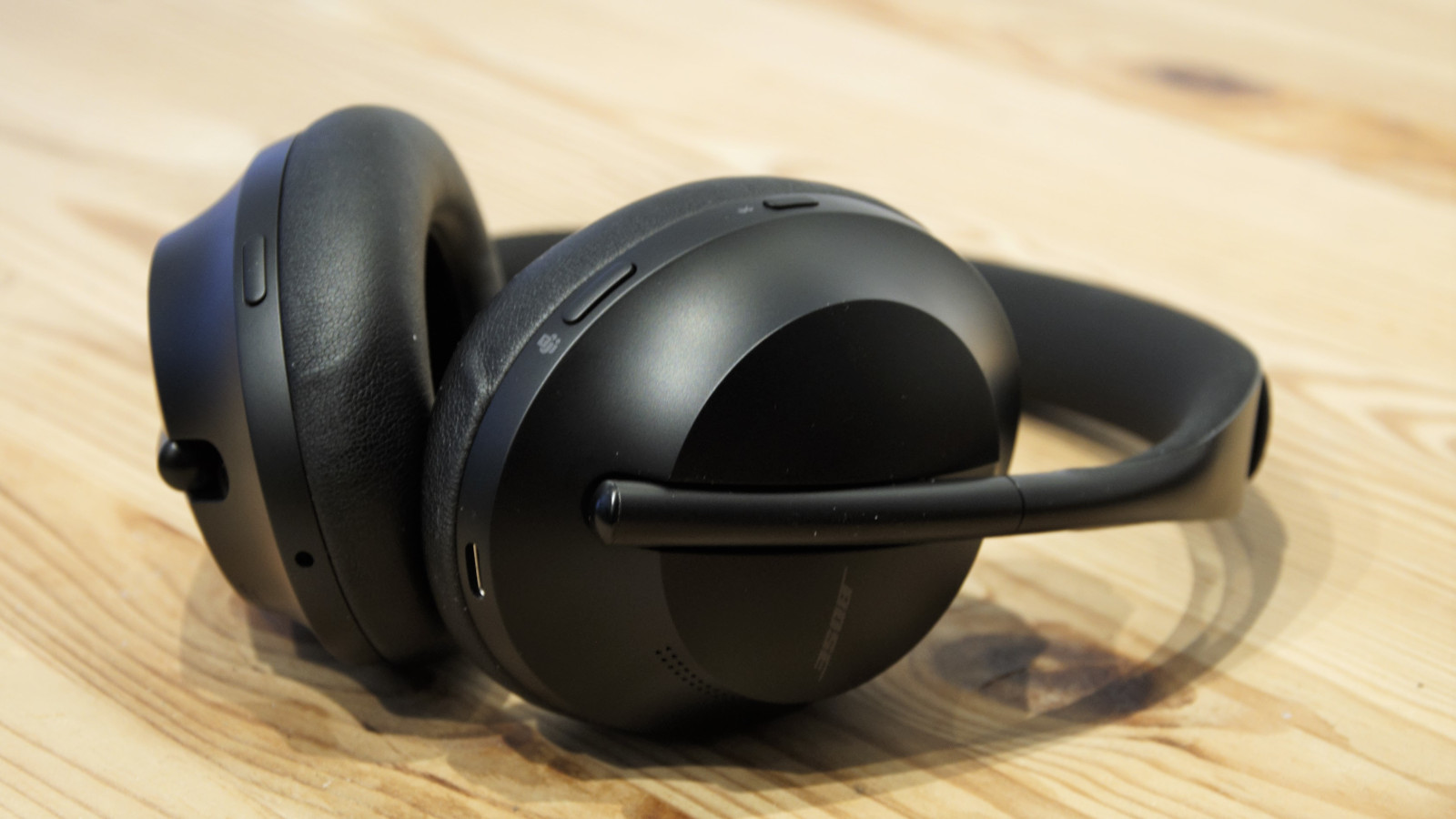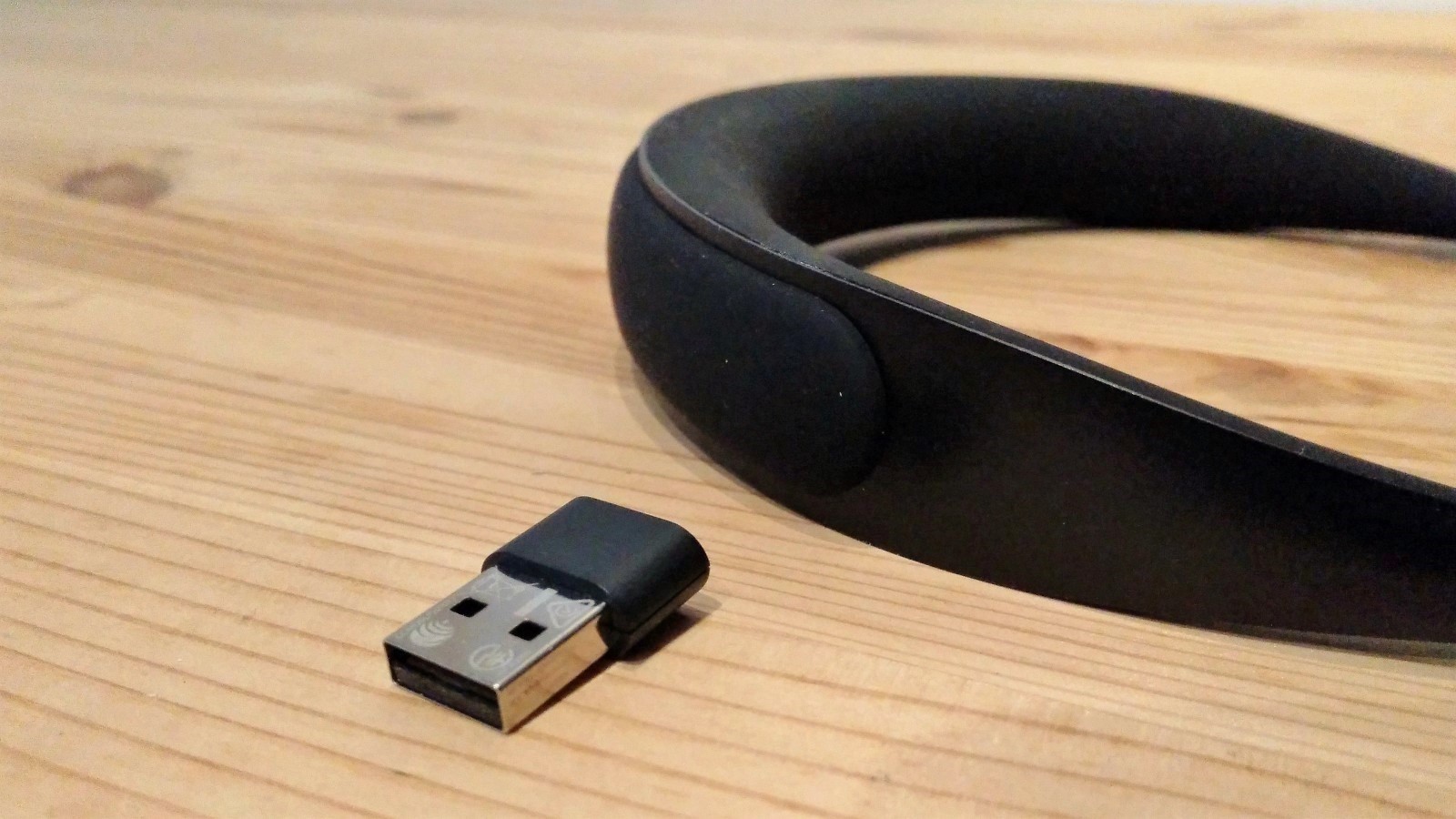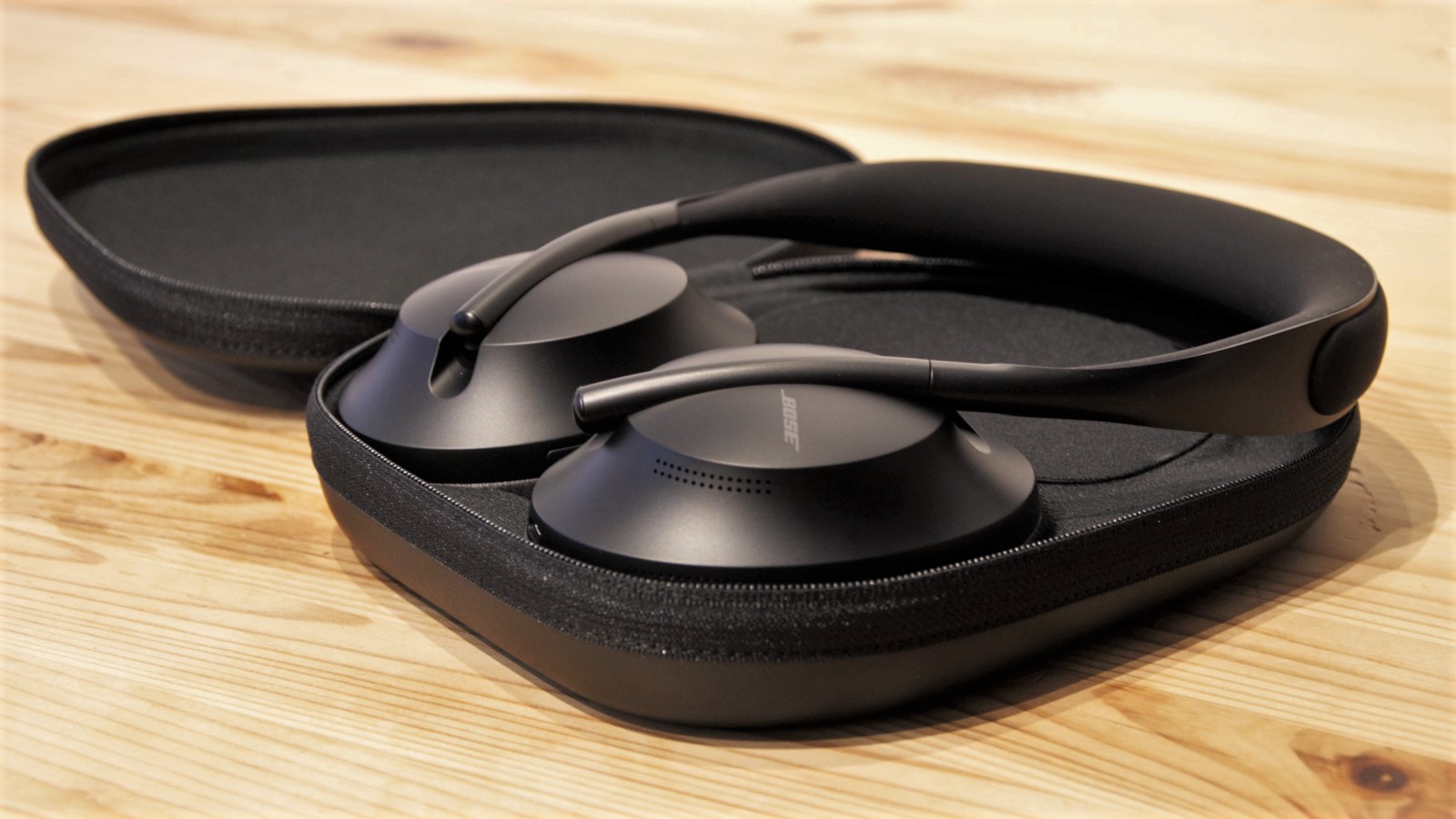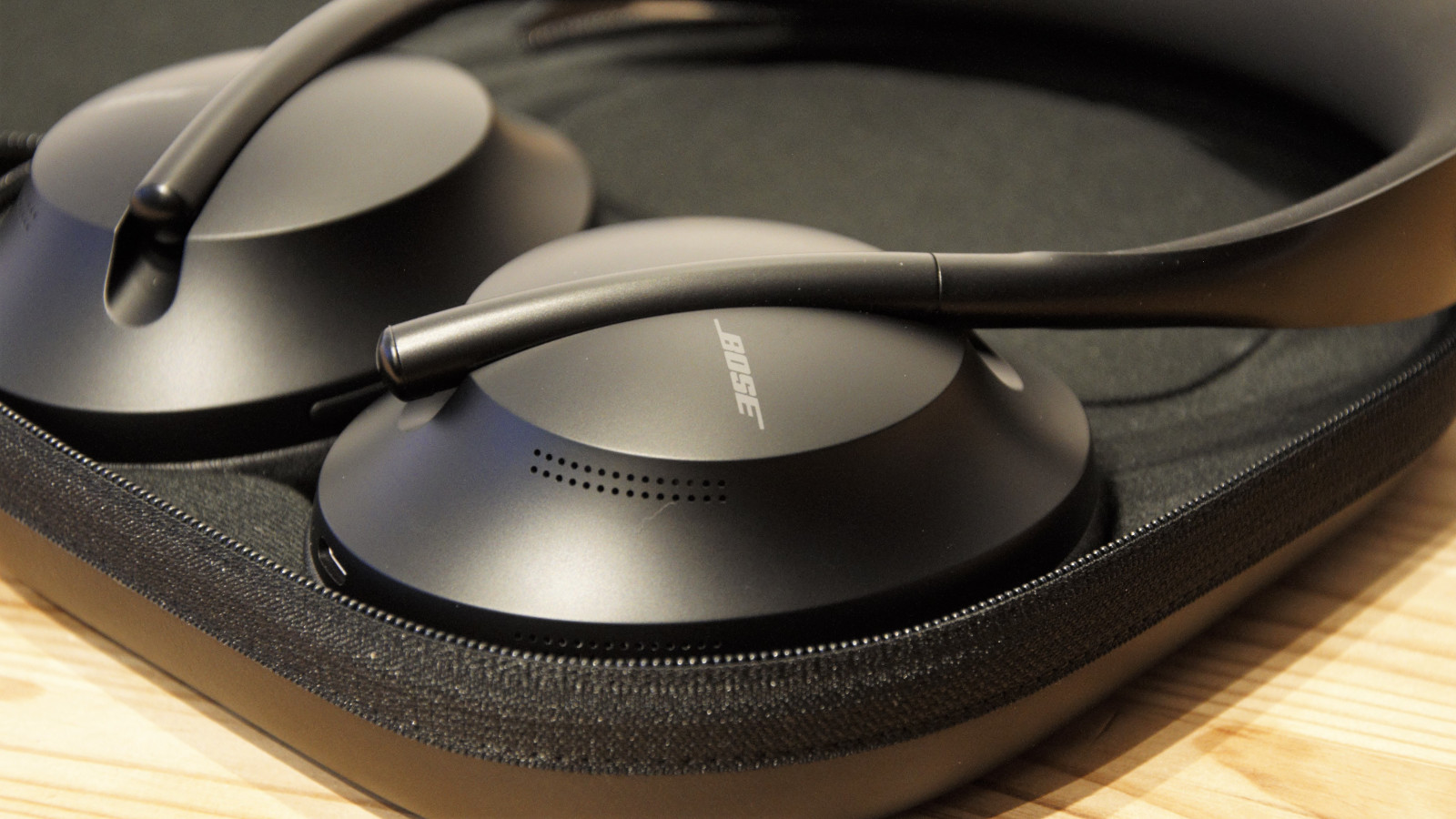Bose Noise Cancelling Headphones UC 700 review
The global pandemic has, if nothing else, entirely rewritten the way that many businesses operate and brushed away those who considered home working a business risk.
Working efficiently from home requires the right equipment, and Bose is a highly respected audio brand that can precisely deliver that.
But, being even more expensive than the original Bose 700 series headphones that launched less than a year ago, are the 700 UC music to our ears or only the profitability of Bose?
Price and availability
The original Bose Noise Cancelling Headphones 700 cost $399 in the US and £349.95 in the UK when launched, but you can get them for as little as $279.99 from online retailers and £299.95 directly from Bose.
The new ‘UC’ version is $449.95 or £389.95, making them significantly more expensive than their predecessor, the Bose QuietComfort 35 II headphones. The developing theme appears to be that at each new product release is price hiked by $50 over the headphones that they replaced.
This pricing is a somewhat odd strategy since its strongest competitor, the Sony WH-1000XM3, can be found at just $247.96 on US Amazon and has superior audio to our ears, and a longer battery life.
The only crumb of comfort for Bose fans is that, as was proven with the vanilla 700 series, the economic realities of the audio accessory market will soon take hold and drag the 700 UC pricing down to earth with a bump.
- The best noise cancelling headphones of 2021

Design
Considering how much the Bose 700 UC headphones cost, that they come in a brown cardboard box is an odd design statement to make, but it saves on production cost, we assume.
As, like their predecessors, the headphones come with a neat travel case that houses not only the headphones but two cables and the pre-paired Bluetooth USB dongle.
These can be connected to a 3.5mm audio jack using one cable, to a USB port using the other or via the Bluetooth wireless mechanism with the dongle. The USB cable is USB-C at the headphones and USB-A at the computer, and it is also the means for charging.
Bose also make a special version of the case with two full additional charges for an extra forty or so hours of operating time.
Available in white or black, the headphones appear identical to the original 700 series, and they work the same in most instances.
To make them operational using Bluetooth you simply insert the dongle into a suitable USB port on the computer, wait for the blue LED on it to flash rapidly, and press the pairing button on the 700 UC. And, unless there is a technical problem, the dongle LED should stop flashing and remain lit, and a corresponding LED on the headset will confirm the connection.
No codes, no software, it is that simple.
The headset makes a musical tone, and then tells you how much battery time is left.
Wearing the 700 UC is, like the 700 before them, remarkably comfortable.
The ear cushions are sold and malleable, enabling them to cover the ears and exclude external noises effectively. These combined with the gel-filled band avoids excessive pressure on the cranium that can be an issue for long wear periods.
- The best over-ear headphones money can buy

Features and battery life
These, like the 700 series, can use the Bose Music application on a mobile phone that is free on the Google Play Store and the App Store.
You don’t need to use this application for pairing to a computer, but it is useful if you wish to seamlessly move between computer audio and an incoming mobile call.
Depending on the hardware you connect it, you can also communicate with Alexa, Google Assistant and Siri using the headset.
One of the standout features of this hardware is that the number of buttons on the earcups have been minimalised by making the right one touch-sensitive over its surface.
Swiping up and down alters volume, tapping pauses and continues play and swiping front to back moves to the next and previous tracks. This might sound complicated, but it soon becomes second nature.
The twenty hours of the 700 series was one of the areas that came in for some critical comments previously since the Sony WH-1000XM3s offer another ten hours before needing a complete recharge.
Regrettably, the 700 UC doesn’t improve on this at all, offering the same 20 hours as before.
We should also mention that while we got almost exactly this playback time, exactly how much you experience is dependent on the volume of audio you like and how you connect to the audio source. Heavy volume and a Bluetooth connection with inherently use more power.

Noise cancellation
Many headphones offer a noise cancellation mechanism that is designed to enhance the wearer's enjoyment of music or a podcast by eliminating external sound. This is perfect for listening on a train or aircraft, or anywhere where the noise pollution of modern life invades.
However, if you are making or receiving a phone call, that sound can still be heard by the other party, even if you are mostly oblivious to it.
The 700 series resolved this issue by using two of the eight microphones to separate the wearer's voice from the background sound, providing noise cancellation to the voice for much clearer communication in noisy environments.
Therefore, that person behind you having a spat with their line manager shouldn’t be heard by a customer you are calling from the office, and that out-of-key rendition of Old Macdonald had a Farm, should be dramatically reduced for that home caller.
A single button allows the feature to be paused completely, and as good as the noise cancellation on these is, it doesn’t eliminate background sound entirely enabling others to creep up on you.

As before, noise cancellation has eleven levels from 0 to 10, with 0 being ‘off’.
Unless we missed something, the noise cancellation seems largely unchanged from the 700 series. But then it was amazing before and probably didn’t need any appreciable improvement.

Sound performance
Acoustic appreciation can be a very subjective analysis, but to the saddlebags with lobes on the sides of our heads, these sounded truly excellent.
They have the same well-balanced soundstage as their 700 series cousins that gives them resonance without blurring the middle-range or and losing clarity.
These aren’t the expansive sound that you might expect from audiophile approved cans, but they’re substantially better than many noise cancelling options that create a distinctly clipped soundstage.
Instead of using the typical mix of prog-rock and popular music icons, we tested with a collection of film soundtracks that offered a wide frequency scope.
For those wanting to hear what the 700 UC can offer, we’d recommend Daft Punk’s Recogniser from the TRON Legacy soundtrack, as it shows off how they can maintain clarity in complex sound space.
As a test of Bass, Anvil of Crom from the Conan soundtrack by Basil Poledouris serves well, and his epic Hunt for Red October theme mixes symphonic grandeur with soviet-style choirs.
After diving deep, no trip into the audio stratosphere would be complete without the aggressive snare-drum action of Kenny Logins’ classic Danger Zone from the motion picture soundtrack of Top Gun.
And, to finish something more contemporary we loaded up What’s Up Danger from Spider-Man Into the Spider-Verse, by Blackway & Black Caviar. The production of that track shines very brightly through these cans, and it works the drivers hard.
From a listening experience, only the Sony WH-1000XM3s and their WH-1000XM4 replacements offer better in this price range, and the difference is very subtle.
Final verdict
The 700 series offered class-leading noise cancellation technology, and the new 700 UC does nothing to dent that reputation. These are excellent for anyone who works in an environment where noise pollution is an issue or wants to focus on their daily commute.
And, for general use, they also generate some crystal clear audio that most users will consider top tier. Audiophiles might consider the Sony WH-1000XM3s to offer a more satisfying range, but these are very far from disappointing in their audio capabilities.
There are two sticking points that haven’t been addressed in the UC revision, and the first of those is the battery life.
The capacity remains unchanged from the 20 hours that the original 700 series offered, a full ten hours less than the cheaper Sony WH-1000XM3s and new WH-1000XM4.
What we find curious is that we’d expect the Sony products to weigh more since they have 50% more battery, but they’re both within a few grams of the 700 series.
Bose has tried to fix this by offering a charging case, for extra money, but surely a bigger battery would be the ideal solution?
These headphones do at least call out how much battery life they have when you turn them on, so it is more challenging to find yourself surprised when they run out of power.
But while many users could cope with twenty hours of running time, their bosses might have a greater issue with the cost of the 700 UC.
How Bose justifies bumping the already high price of the 700 series up more for the UC functionality is a mystery to this reviewer. Yes, it’s good to have better and tweaked technology with Microsoft Teams and Google Meet certification, but surely it doesn’t cost this much extra per headset?
Having a system altered to provide the best conference calls won’t stop audio and video glitches created by inconsistent broadband connections.
Critically, Bose admits that the 700 UC utilise the same adaptive eight-microphone system, have 11 levels of noise cancellation and astonishing sound output as the original 700 series.
That’s what users want most, and they can have it for less with the previous model or even cheaper from Sony.
Hopefully, in the coming months the retail cost of these will come down to a level that is more easily signed off by those that control the business budgets, and we’d recommend that customers exercise some self-control until then.
- Want to shop around? Check out the best headphones of 2021 or the best wireless headphones of 2021
0 comments:
Post a Comment